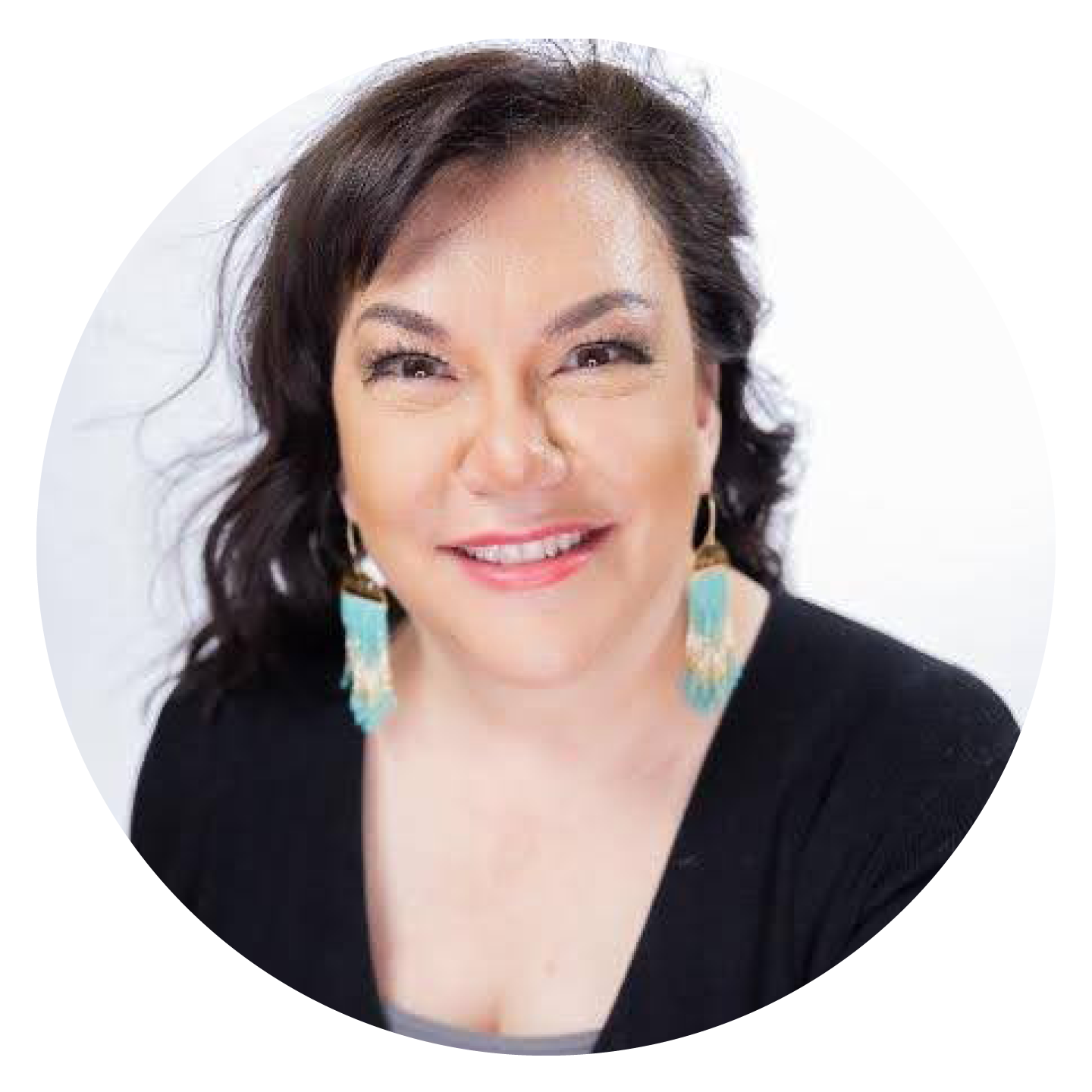tan’si,
Hello and how are you? My name is Shannon Cornelsen, and I was born in Edmonton, or Beaver Hills House. I have a Cree mother and settler father, which is important to know in my own story of how colonization and residential schools have impacted my life.
My mother was taken from her home when she was about five years old in 1942 and brought to the Blue Quills Indian Residential School near St. Paul, Alberta, about 185 km Northeast of Edmonton. My uncle and all my aunts were taken there as well. My grandparents had to attend the Sacred Heart Residential School at Saddle Lake prior to the building of Blue Quills. My mother spent ten years at Blue Quills and suffered enormously as all Survivors did – being beaten for speaking Cree, abused, humiliated and ridiculed by the nuns and priests who were supposed to be caregivers for the young Indigenous children. There are too many stories of my mother’s lived experiences in residential school, and I do not want to dwell on that past because we are more than that story.
Today I am writing this article to examine the role that we all have in Truth and Reconciliation. I have been on the Indigenous side of the equation for my entire life, always knowing the traumas and tragedies, knowing that so many children never made it home to their families and knowing that it was a purposeful way to try and eradicate Indigenous people in Canada.
The agreements that were meant to ensure our rights through negotiated Treaties were cancelled out by the creation of the Indian Act in 1876. We are still ruled by the Indian Act and have yet to negotiate an alternative agreement with the federal government for Indigenous sovereignty in the Canadian legal system. Until we can do that, the 1.8 million Indigenous people in Canada will have to deal with the outdated, patriarchal piece of legislation that still imposes settler colonialism in 2024.
So how does this play a part in TRC day you ask? It is critical to understand the underpinnings of the Canadian state and how the systemic racism that surrounds us is a part of Canadian society. How do we ever start to change it? It seems like a lot more work than just one person can handle, doesn’t it?
Yes and no. In 2015, the Truth and Reconciliation Commission wrote a report to outline 94 Calls to Action which included calls to change six areas of government: education, justice, child welfare, commemoration, health and equality in the legal system. The report details much more in each section, but it all seems directed at the top levels of government.
Or does it? Have you read the TRC 94 Calls to Action? I would encourage every person who lives in Canada to read the report to understand why Indigenous people are demanding these changes. This is where it gets tricky because I believe that if you live in Canada, you play a role in the Treaties with Indigenous communities across Canada. It doesn’t matter if you were born here with five generations of ancestors or if you are living in Canada to study for a short while. There is a popular saying, “We are all Treaty people,” which explains that we all have a responsibility to each other in how our relationship is maintained. The onus should not only be for Indigenous communities fighting for clean water or fishing rights but for Canadian society to understand and uphold the Treaties as a moral obligation to further our country.
One amazing part of attending the U of A is that it is a wonderful place to learn and step out of your comfort zone. The Faculty of Native Studies has a free online course, Indigenous Canada, that details the long history of Indigenous Peoples across Canada. The course is easily accessible and can answer questions about the settler colonization that is still happening today to all Indigenous communities, regardless of location.
Of course, if you are not into studying one more subject, there are lots of other ways to engage in the 94 Calls to Action. This has been termed a “ReconcilACTION” by Phyllis Verhaar, a retired schoolteacher interested in building better relationships with the Indigenous community. You could read a book, A National Crime by John S. Milloy, or 21 Things You May Not Know about the Indian Act: Helping Canadians Make Reconciliation with Indigenous Peoples a Reality by Robert P. C. Joseph.
Still not convinced about the 94 Calls to Action? Do you know that there is an app for that? Search “Indigenous Reconciliation” in the Apple or Android stores on your phone, and you can access the website from the Government of Canada. It was intended for the public service members of the Canadian government, but I know some folks who work for the government, and they had never heard of it.
The point is, information is available at your fingertips, and when you engage with Indigenous content, you are actively participating in the Calls to Action by helping to educate yourself about Indigenous history and issues. If you want to go talk to someone in person, you can go to Fort Edmonton Park to the Indigenous Peoples’ Experience or Métis Crossing in Smoky Lake. The Royal Alberta Museum also has great displays with Indigenous artifacts and history. If you are a foodie, then you could check out Homefire Grill on the west side of Edmonton to eat some fancy bison dishes. There are so many ways to engage with the Indigenous people around you, and we would love to teach you more about our culture and history.
This is how we build our relationship: two sides approaching each other with friendship and respect, no anger or resentment, no denialism or ridicule. We are all Treaty people, and learning to live together in respect is a common goal for all. Be kind to one another and enjoy your Truth and Reconciliation Day on September 30.

